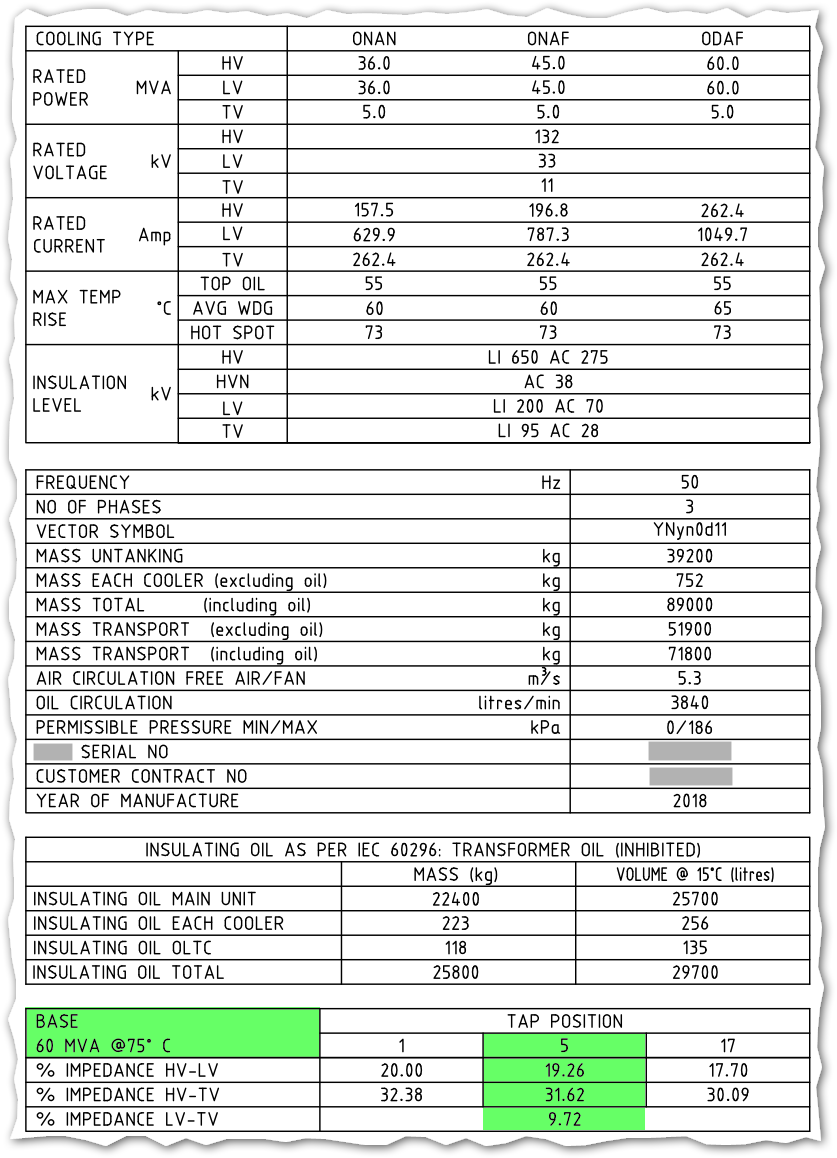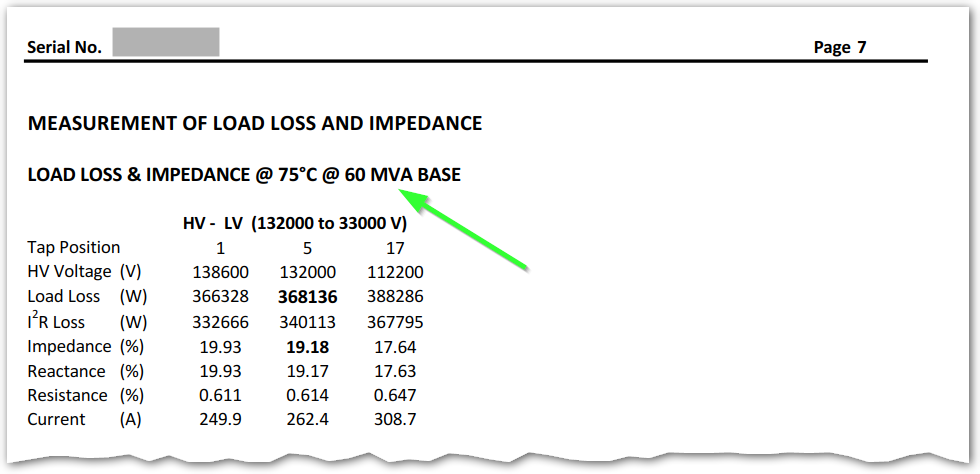This is an excellent question, which I also had to deal with when I was a graduate electrical engineer.
The base values for the impedance should be given on the nameplate.
You should go to site, if possible, and take a photo of the transformer nameplate. Failing that, you can ask someone to take a photo for you, or look up your company's records for a previous photo of the nameplate, drawing of the nameplate, or a copy of the factory acceptance test (routine test) results.
Part of a typical nameplate is shown below (identifying information has been removed.) Note that the transformer is rated 36/45/60 MVA ONAN/ONAF/ODAF, but all impedances have been given on the basis of 60 MVA at 75 deg. C.

Another example:

If the base for the impedance value has not been specified, do not assume that the impedance is based on the highest MVA rating of the transformer. This is not necessarily the case. The transformer below is rated 7.5/10MVA, but the impedance is given on 7.5 MVA base.

If the basis for the impedance is not listed on the transformer's nameplate, you can look at the transformer's factory acceptance test (routine test) results:





